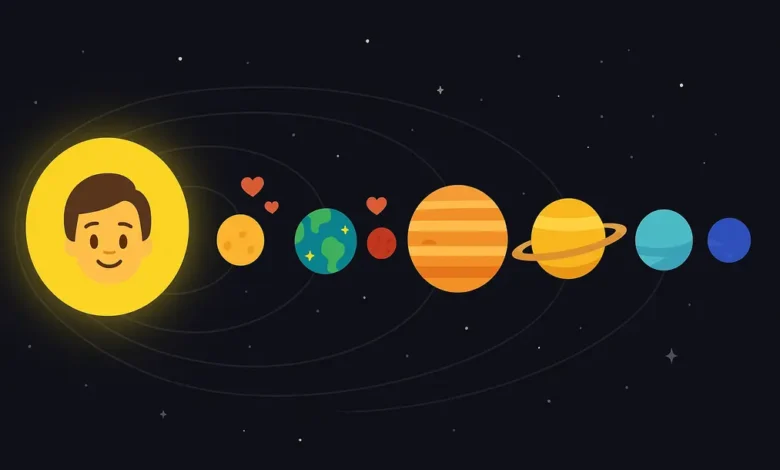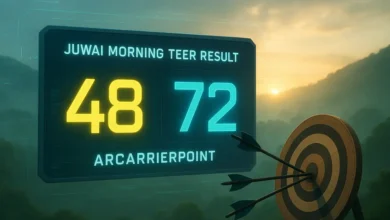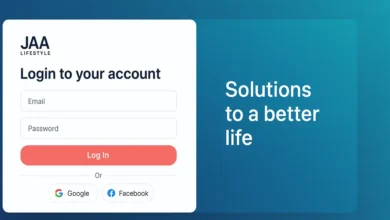Snapchat Planets: The Complete Guide to Understanding This Viral Feature

Social media platforms are constantly inventing new ways to make friendships and interactions more exciting. Snapchat, known for its playful features and constant updates, introduced something that quickly captured everyone’s attention: Snapchat Planets. If you’ve been scrolling through your app or overhearing friends talk about this mysterious feature, you might be wondering, “What exactly are Snapchat Planets, and why are people so obsessed with them?”
In this guide, we’ll break down what Snapchat Planets are, how they work, why they’re important, and how you can use them to better understand your friendships on the app. Whether you’re a casual Snapchat user or someone aiming to stay at the top of your Snap Streaks, this deep dive will give you all the answers you need.
What Are Snapchat Planets?
At first glance, the term “Snapchat Planets” might sound like some kind of science-themed filter. But it’s actually a clever and fun way Snapchat has designed to represent your friendships. Instead of just showing a simple list of your best friends, Snapchat decided to add a cosmic twist by linking your friends to planets in our solar system.
Each “planet” corresponds to a friend’s position in your Snapchat solar system. The person you interact with the most becomes Mercury, the first planet closest to the sun. As you move outward, your other close friends are assigned planets like Venus, Earth, Mars, and so on. Essentially, the more snaps, chats, and interactions you have with someone, the closer they are to your “sun” in Snapchat’s planetary system.
This feature was designed to gamify friendships. It doesn’t just tell you who your best friends are—it gives you a creative and visual way to see how important someone is in your digital universe. It also encourages users to keep snapping and chatting to maintain their “planetary positions.”
How the Snapchat Planets System Works
To really understand Snapchat Planets, it’s important to break down how the system works. Snapchat uses algorithms based on your interaction patterns, such as:
- How many snaps you send and receive from a person.
- How often you chat with them.
- Whether you maintain streaks.
- The consistency of your communication over time.
Once Snapchat collects this data, it places your top eight friends in a solar system, with you being the “sun.” The closer a planet is to you, the stronger your friendship ranking with that person.
For example:
- Mercury (Planet 1): This is your #1 best friend, the person you snap and chat with the most.
- Venus (Planet 2): Your second most important friend.
- Earth (Planet 3): The third closest friend, often someone you interact with daily.
- Mars to Neptune (Planets 4–8): These represent other close friends, ranked by frequency and quality of interaction.
This creative design allows users to feel like they’re curating their own universe of connections. It’s playful, easy to understand, and—most importantly—keeps people hooked on maintaining their place in someone else’s orbit.
Why Did Snapchat Introduce Planets?
The introduction of Snapchat Planets was not random. In fact, it’s part of Snapchat’s larger strategy to make the app more engaging and to stand out against competitors like Instagram and TikTok. Here are a few key reasons why Snapchat rolled out this feature:
1. Gamification of Friendships
By turning your best friends list into something visual and gamified, Snapchat made maintaining friendships feel like a game. People now want to check their planetary ranking, see who they’re closest to, and maybe even adjust their behavior to “move up” in someone else’s solar system.
2. Encouraging Consistent Use
Snapchat thrives on daily activity. Features like Snap Streaks already encourage regular use, and Snapchat Planets add another layer of motivation. If you want to stay someone’s Mercury, you can’t go a day without sending snaps.
3. Boosting Curiosity and Conversations
Let’s be honest—people love to compare friendships. The Planets feature sparks curiosity and even playful competition. Users often find themselves asking, “Am I your Earth or your Mars?” This fuels conversations and keeps Snapchat relevant in friend groups.
How to Check Your Snapchat Planets
If you’re eager to know who’s orbiting closest to you, checking your Snapchat Planets is straightforward:
- Open the Snapchat app and go to your Chat tab.
- Tap on a friend’s Bitmoji. This opens their profile card.
- Look for the Friendship badge. If you see a planet symbol next to their name, that indicates their planetary ranking with you.
- Tap the badge, and you’ll see which planet they are in your Snapchat solar system.
Not all friends will show up with a planet, though. The feature only applies to your top eight friends, so don’t be surprised if someone outside that list doesn’t have a planetary badge.
The Meaning of Each Snapchat Planet
Each planet has its own symbolism in the Snapchat universe. Here’s a quick breakdown of what they mean:
- Mercury: Your ultimate best friend. You interact with this person the most, and they’re closest to you.
- Venus: A strong second, often someone you talk to daily but not as much as Mercury.
- Earth: A balanced friend with whom you share frequent interactions.
- Mars: Someone important but not as central as your top three.
- Jupiter, Saturn, Uranus, Neptune: These represent close friends who are part of your circle but not your absolute top picks.
This ranking doesn’t necessarily reflect how you feel emotionally—it’s purely based on interaction. Still, many people take pride in being someone’s Mercury or Venus, while others may feel left out if they’re only Neptune.
Can Snapchat Planets Change?
Yes, your Snapchat Planets ranking is not fixed. It can change daily or weekly depending on your activity. If you start snapping someone more often, they might move up from Saturn to Earth. Similarly, if you stop interacting with someone, they might drift away to Neptune—or even fall out of your solar system entirely.
This dynamic system makes Snapchat Planets exciting and unpredictable. It keeps users motivated to stay active, ensuring friendships don’t fade out of the rankings.
Why Are Snapchat Planets So Popular?
There are countless features on Snapchat, but Planets quickly became one of the most talked-about. Here’s why:
A New Way to Visualize Friendships
People love visuals, and turning friendships into planets gives users a fun and shareable way to express connections. It’s like astrology, but personalized for your social life.
A Sense of Competition
Whether you admit it or not, being someone’s Mercury feels special. The competitiveness of wanting to “stay in orbit” keeps people hooked.
Shareability and Virality
Users often screenshot their planets and share them on other platforms. This kind of cross-platform buzz helps Snapchat stay relevant and trendy.
Final Thoughts on Snapchat Planets
Snapchat Planets are more than just a quirky feature—they’re a reflection of how social media keeps reinventing ways to gamify human connection. They give you a glimpse into who you interact with most, wrapped in a playful and cosmic metaphor.
If you’re aiming to maintain your spot as someone’s Mercury or Venus, the secret is simple: keep snapping, chatting, and staying active. At the end of the day, Snapchat Planets remind us that friendships—both digital and real—need consistent effort to stay strong.
So the next time you open Snapchat and check your solar system, remember: your planets aren’t just symbols; they’re a reflection of the bonds you build every day.



